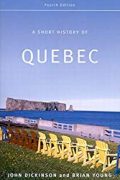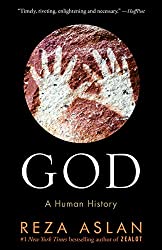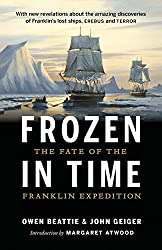
Rating: 8.1/10.
Canada has a long history of exploration: to European settlers, much of it was uncharted wilderness. This book presents a bunch of expeditions in history that uncovered Canada’s geography, with dramatic storytelling of adventure and danger. In some way, it resembles “The Hobbit”, where a band of brave adventurers venture into the unknown, meet strange new native peoples, find new rivers and lakes. The map has a lot of symbolic importance as it illustrates how the people saw the world at the time: what they did and didn’t know about the new land.
Each chapter is about an explorer and some sort of expedition (with the exception of the chapter on the War of 1812):
- Vikings were the first Europeans to reach North America around 1000AD. They set off from Greenland and reached as far as Labrador, and fought with the natives.
- Cabot first to reach Canada after Vikings; Cartier tried to set up colonies but failed.
- Champlain, founder of New France, first successful colony in Canada. He was wise and respected by natives, and reached as far as Lake Huron.
- La Verandrye crosses the Prairies, looking for a river that leads to the Pacific, and gets to the Rocky Mountains; underestimated the vastness of the continent.
- Pond discovers Great Slave Lake and Great Bear Lake in the NWT, thought they lead to the Pacific, probably murdered his companions.
- Hearne follows Coppermine River to the Arctic, with a band of Dene natives. They brutally murdered some Inuit, in what’s known as the Bloody Falls massacre.
- Mackenzie is first to cross the Rocky Mountains, and reach the Pacific. Also followed the Mackenzie river to the Arctic, confirming that no easy northwest passage is possible.
- Franklin leads ill-fated expedition to explore the High Arctic, but half of his party dies of starvation. Apparently an incompetent leader; in a later expedition, everybody dies.



